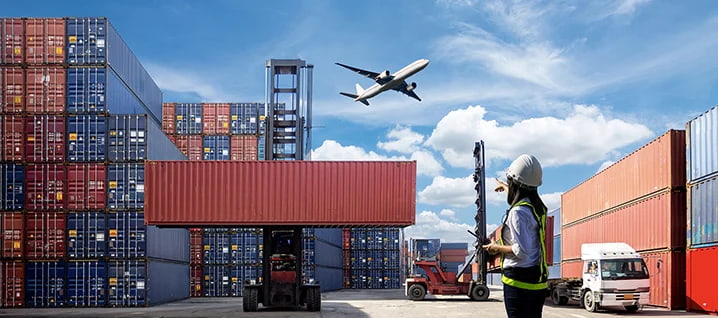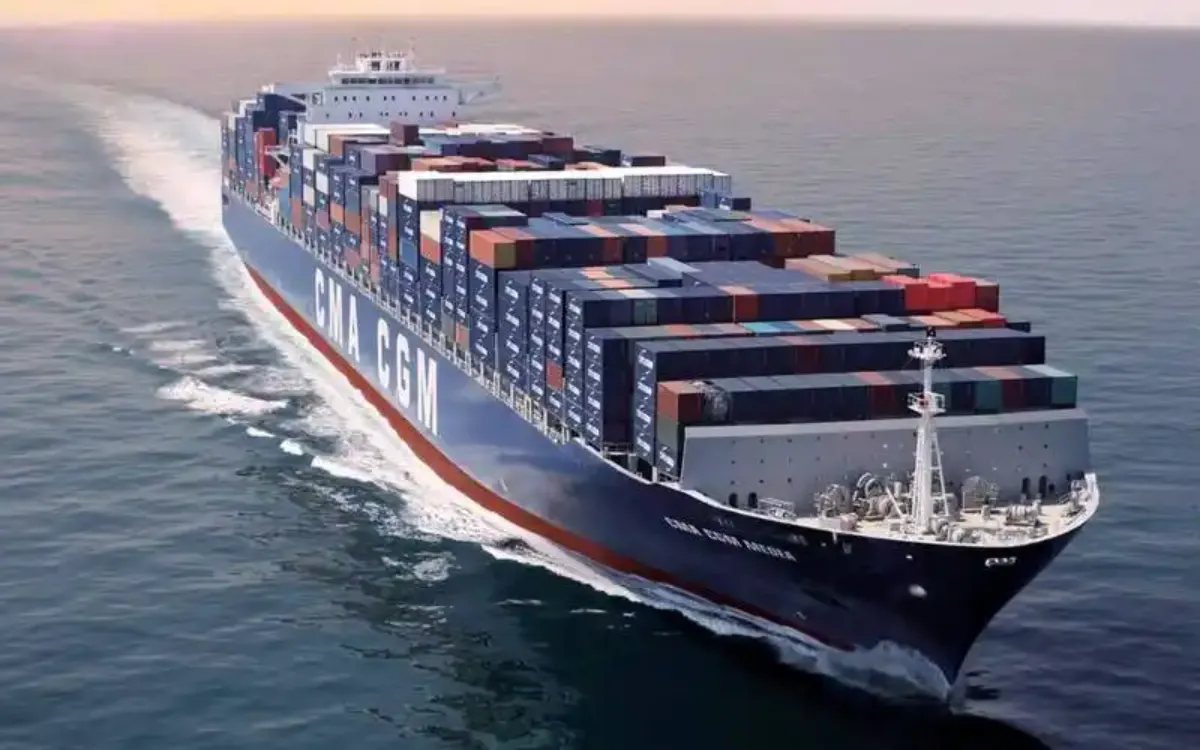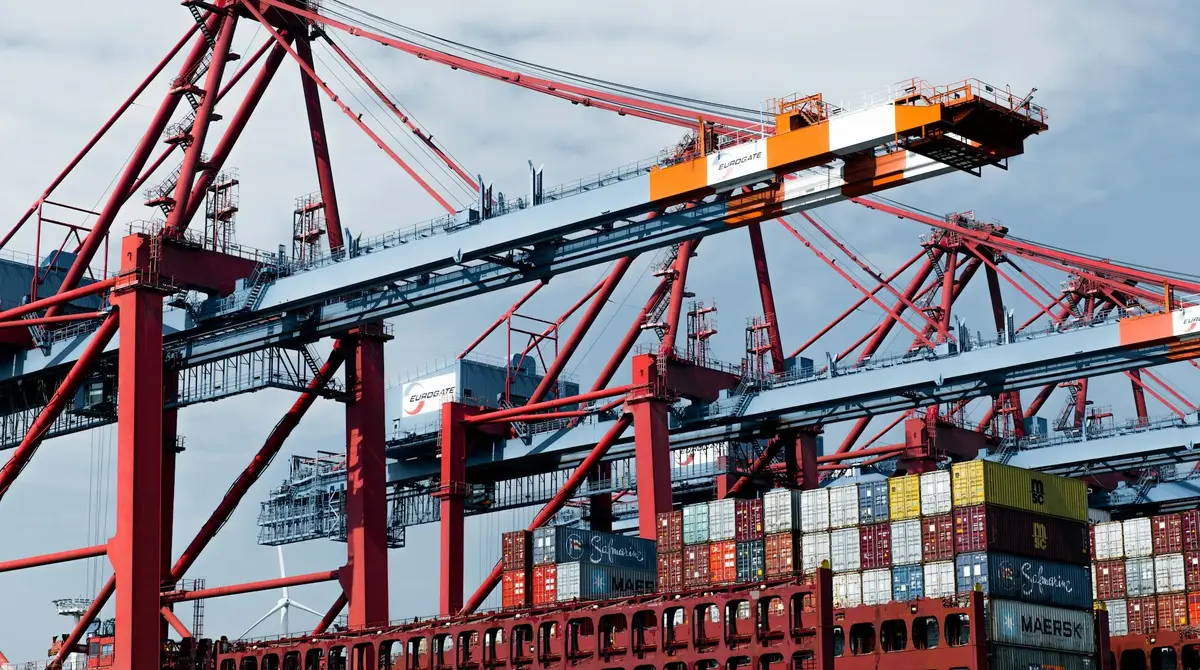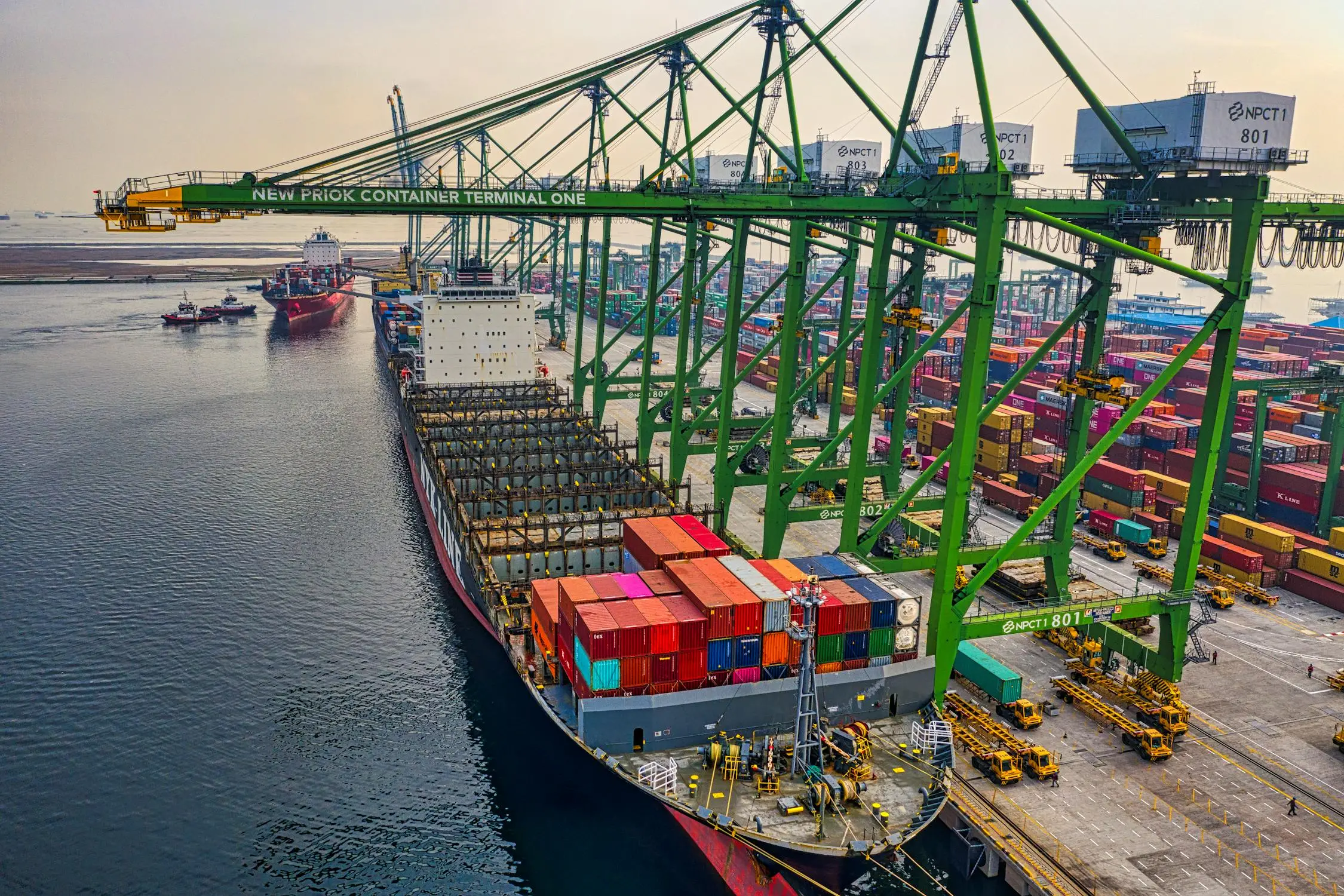Introduction: Understanding the Complexities of Container Shipping Costs

Shipping a 20-foot container from China to the United States is a common practice in international trade, but understanding the associated costs can be complex. This comprehensive guide will break down the various factors that influence shipping costs, provide current price ranges, and offer insights into how businesses can optimize their shipping expenses.
Factors Influencing Shipping Costs
Several key factors affect the cost of shipping a 20-foot container from China to the US:
Distance and route
Fuel prices
Port fees and charges
Customs duties and taxes
Season and demand
Type of goods being shipped
Insurance costs
Exchange rates
Carrier competition
Breakdown of Shipping Costs
To understand the total cost, it's essential to break it down into its components:
| Cost Component | Description | Approximate Range (USD) |
|---|---|---|
| Ocean Freight | The basic cost of sea transportation | $1,500 - $3,000 |
| Origin Charges | Fees at the port of origin (China) | $300 - $500 |
| Destination Charges | Fees at the destination port (US) | $400 - $600 |
| Customs Clearance | Documentation and inspection fees | $150 - $250 |
| Insurance | Cargo insurance (optional but recommended) | $100 - $300 |
| Inland Transportation | Trucking or rail from/to ports | $500 - $1,000 |
Note: These ranges are approximate and can vary significantly based on current market conditions, specific routes, and other factors.
Total Cost Estimate
Based on the breakdown above, the total cost to ship a 20-foot container from China to the US typically ranges from $2,950 to $5,650. However, it's crucial to note that this is a general estimate, and actual costs can fall outside this range depending on various factors.
Cost Variations by US Destination Port
The cost can vary significantly depending on which US port the container is shipped to. Here's a comparison of estimated costs to major US ports:
| Destination Port | Estimated Cost Range (USD) |
|---|---|
| Los Angeles/Long Beach | $2,800 - $5,200 |
| New York/New Jersey | $3,100 - $5,800 |
| Seattle/Tacoma | $2,900 - $5,400 |
| Houston | $3,200 - $6,000 |
| Miami | $3,300 - $6,200 |
Seasonal Variations in Shipping Costs
Shipping costs can fluctuate significantly throughout the year due to seasonal demand. Here's a general overview of how costs might vary by season:
Peak Season (August - October): Highest rates due to holiday shopping demand
Post-Peak Season (November - January): Rates begin to decrease
Chinese New Year (January/February): Temporary spike due to factory closures in China
Off-Peak Season (March - July): Generally lower rates
Additional Costs to Consider
When budgeting for shipping a 20-foot container, it's important to account for potential additional costs:
Demurrage and Detention Fees: Charges for keeping the container beyond the allotted free time
Customs Examination Fees: If your shipment is selected for inspection
Storage Fees: If the container needs to be stored at the port
Hazardous Material Charges: For shipping dangerous goods
Peak Season Surcharges: Additional fees during high-demand periods
Currency Adjustment Factor (CAF): To account for exchange rate fluctuations
Bunker Adjustment Factor (BAF): To cover fluctuations in fuel prices
Strategies to Reduce Shipping Costs

While shipping costs can be significant, there are several strategies businesses can employ to optimize their expenses:
1. Negotiate with Multiple Freight Forwarders
Don't settle for the first quote you receive. Negotiate with multiple freight forwarders to find the best rates and services.
2. Consider Different Ports
Sometimes, shipping to a different port and arranging inland transportation can be more cost-effective than shipping directly to the nearest port.
3. Plan for Off-Peak Shipping
If possible, schedule your shipments during off-peak seasons to take advantage of lower rates.
4. Optimize Container Loading
Ensure you're maximizing the space in your container to get the most value out of your shipment.
5. Join a Buyers Consolidation Program
If you don't have enough goods to fill a container, consider joining a consolidation program to share container space and costs with other shippers.
6. Build Long-Term Relationships
Establishing long-term relationships with carriers or freight forwarders can lead to better rates and service over time.
Understanding Incoterms
Incoterms (International Commercial Terms) play a crucial role in determining shipping costs and responsibilities. Here are some common Incoterms and their implications:
| Incoterm | Meaning | Seller's Responsibility |
|---|---|---|
| EXW (Ex Works) | Buyer arranges all transportation | Minimal (goods ready at seller's premises) |
| FOB (Free on Board) | Seller delivers goods on board the vessel | Up to loading on ship |
| CIF (Cost, Insurance, and Freight) | Seller arranges shipping and insurance | Up to destination port |
| DDP (Delivered Duty Paid) | Seller handles all costs and risks | Maximum (up to buyer's door) |
Case Study: Cost Comparison
To illustrate how costs can vary, let's compare shipping a 20-foot container of electronics from Shanghai to Los Angeles vs. New York:
| Cost Component | Shanghai to Los Angeles | Shanghai to New York |
|---|---|---|
| Ocean Freight | $1,800 | $2,200 |
| Origin Charges | $400 | $400 |
| Destination Charges | $500 | $550 |
| Customs Clearance | $200 | $200 |
| Insurance | $150 | $180 |
| Inland Transportation | $600 | $800 |
| Total | $3,650 | $4,330 |
This case study demonstrates how costs can vary significantly depending on the destination port, even within the same country.
Future Trends Affecting Shipping Costs
Several trends are likely to impact the cost of shipping 20-foot containers from China to the US in the coming years:
Environmental Regulations: Stricter emissions standards may increase fuel costs
Technological Advancements: Automation and AI could potentially reduce operational costs
Trade Policies: Changes in international trade agreements may affect tariffs and fees
Alternative Routes: Development of new shipping routes could impact pricing
Container Innovations: Advancements in container technology may influence shipping efficiency and costs
Conclusion: Navigating the Complexities of Container Shipping Costs
Understanding the cost to ship a 20-foot container from China to the US involves considering a multitude of factors. While the basic ocean freight charge is a significant component, it's crucial to account for additional fees, seasonal variations, and port-specific costs. By thoroughly researching options, negotiating with freight forwarders, and strategically planning shipments, businesses can optimize their shipping expenses.

Remember that shipping costs are dynamic and can change rapidly due to global events, economic conditions, and industry trends. Staying informed about market conditions and maintaining flexibility in your shipping strategy can help you navigate these changes effectively.
Ultimately, while cost is a crucial factor, it's equally important to consider reliability, transit times, and the overall value provided by your shipping partner. By balancing these factors, businesses can ensure efficient and cost-effective transportation of their goods from China to the US, supporting their international trade operations and global growth strategies.
 Easy Shipping From Global, Save Cost
Easy Shipping From Global, Save Cost













